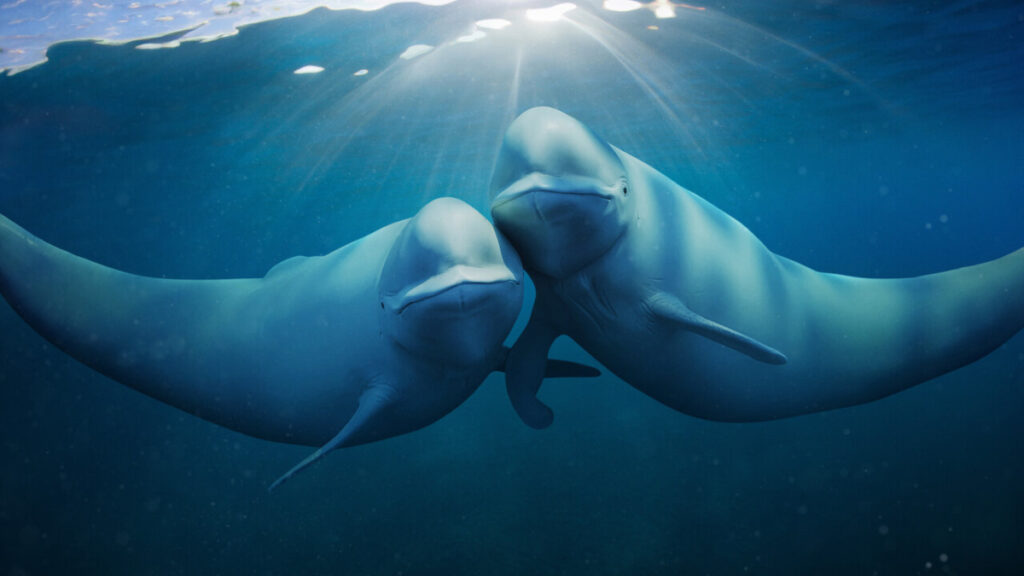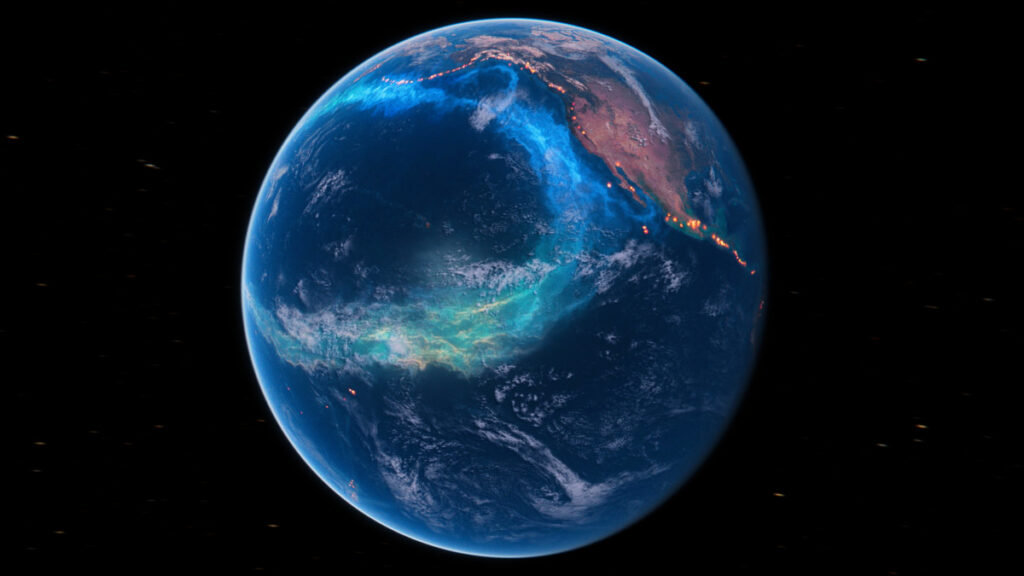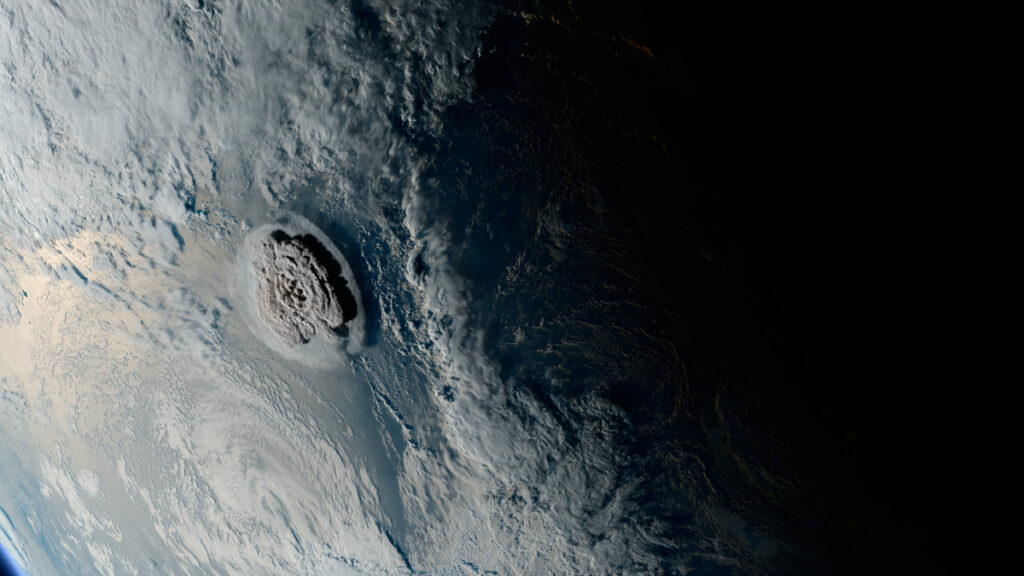
England’s Moonraker VFX has released a deep dive into the stellar visual effects that brought to life Netflix’s docuseries Our Oceans. The docuseries released on 20 November 2024.
The show’s official summary reads: Narrated by Barack Obama, the show blends scientific storytelling and visual effects to unravel the secrets of our interconnected oceans, demonstrating how what happens in one ocean can affect them all – and all life on the planet in turn.
Storytelling methodology
Each episode in the series focuses on a different ocean, examining its place in the global system and how it supports local life. It was important to give each ocean its own personality by visualising the subtle nuances in the way the current moves and interacts with the land. Moonraker built independent simulations for each ocean, styling them to match the overall brief from UK based Wild Space Productions who co-produced the show with Netflix.
Moonraker began the look development process back in 2022, drawing on NASA’s current data sets and meetings with oceanographers to visualise the global ocean current. The team experimented with different approaches and styles, eventually settling on something that could give a sense of delicate balance and could illustrate temperature differentials to show exactly how the global ocean current moves around the world – changing as it does.
Another important part of the development process was the way the cameras moved around the Earth. , “We were asked to create dynamic, rollercoaster-type cameras to shoot across the surface of the earth, ascending and descending almost like a racer drone.This meant we needed to create a custom camera rig in 3D so we could respond to the client requests quickly and efficiently,” said Moonraker VFX supervisor Olly Hagar.

Underwater research
Behind the ethereal aesthetic of the global ocean current is a versatile Earth asset that can be modified to suit a multitude of different looks and uses. Hagar explained, “We have an Earth asset that we’ve built and improved over a number of years. Part of our work on Our Oceans was mapping our current simulations from Houdini onto their precise locations on the Earth. That means knowing exactly where each section of the current starts and ends, how one ocean flows into the next, and understanding the connections between them all. Which is where oceanographic research comes in.”

Title sequence
Moonraker has extensive experience creating title sequences for nature documentaries. Wild Space and the team at Netflix wanted the show to put oceans at the centre of all visuals.
“It was important for the title shots to help the audience locate where we are in the world while looking at the Earth in a unique way. We developed an unwrapping earth in Maya that could keep the ocean in the centre of the frame with the landmasses almost vignetting it. We’re setting the scene. The path, temperature changes, subtle changes in speed of the current need to be visible in the title shot before the audience is taken on a journey in the rest of the episode,” he mentioned.
“I’m proud of the team’s work on such a challenging project. I think we created something unique that will have a lasting effect. A year and a half’s worth of work on screen is no drop in the ocean,” Hagar added.

